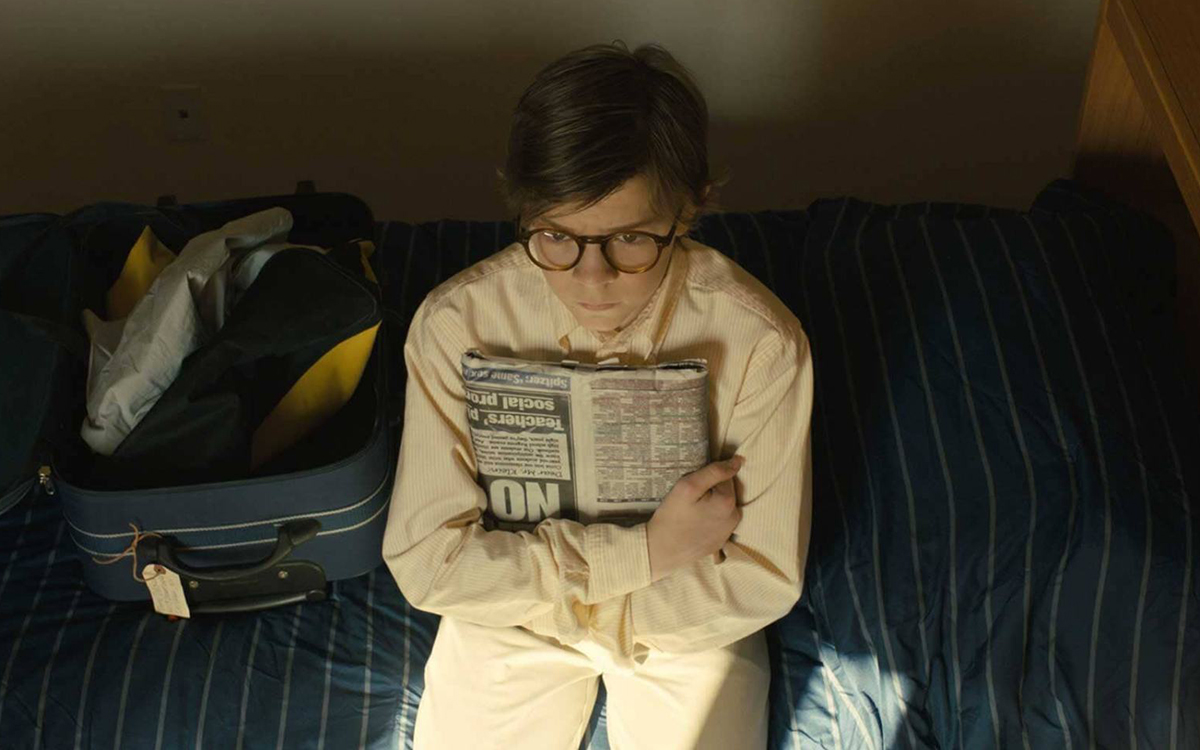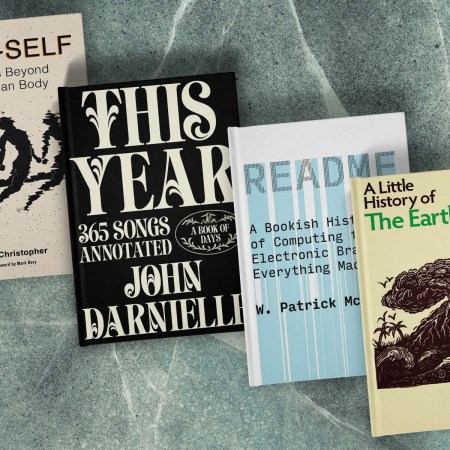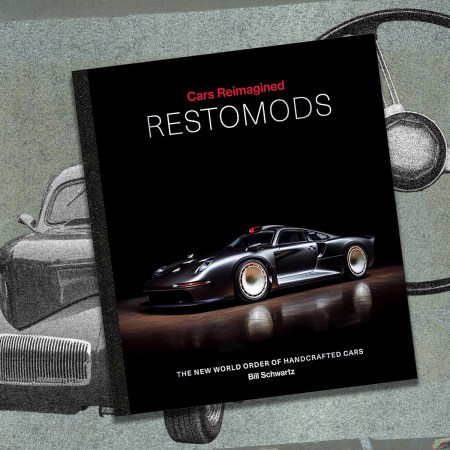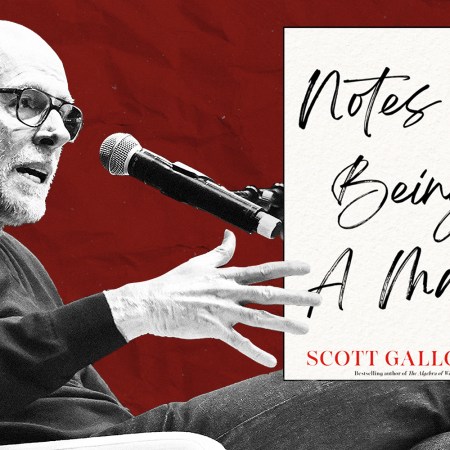Earlier this month, Vulture published an in-depth look at how Donna Tartt’s Pulitzer Prize-winning novel The Goldfinch had made its way to the big screen. It’s a fascinating examination at the business contortions required to secure funding for an ambitious literary adaptation — to say nothing of the challenges of adapting a doorstopper-sized novel into something manageable for cinematic audiences.
Unfortunately, the account of making The Goldfinch may prove more compelling than the film itself. As of this writing, it currently scores 25 percent on Rotten Tomatoes. Metacritic’s score for it is slightly better — but 41 is hardly the stuff of universal acclaim. And yet Tartt’s novel was a massive commercial and critical success. Nothing about it, save perhaps its size, suggests that it would be difficult to film: there are numerous sequences that lend themselves to a cinematic treatment, a host of memorable characters, and a globetrotting narrative.
If the film of The Goldfinch does end up filed under “good ideas, bad execution,” it won’t be alone. Annie Proulx’s The Shipping News — winner of both the Pulitzer Prize and the National Book Award — was adapted in 2001 with an all-star cast, toplined by an arguably miscast Kevin Spacey. The film arrived to middling reviews and mediocre business. Two of Philip Roth’s late-career masterpieces, PEN/Faulkner Award-winner The Human Stain and Pulitzer Prize-winner American Pastoral, were adapted for the big screen and received similar fates.
To be fair, a “meh” reaction still seems preferable to the fates of some other high-profile book-to-film adaptations. Ron Rash’s novel Serena — a finalist for the 2009 PEN/Faulkner Award — is about a woman whose ambition and determination lead to a series of harrowing and blood-soaked events, all set against a sweeping historical backdrop. Director Susanne Bier’s 2014 adaptation had as its leads Jennifer Lawrence and Bradley Cooper — their third onscreen pairing after Silver Linings Playbook and American Hustle. And the film arrived with a thud. Writing for Vulture, Adam Sternbergh observed, “Unlike more famous movie disasters, it plays out not like the product of one unchecked monstrous ego but of a thousand tiny decisions gone wrong.”
On the flip side of that, there’s Brian De Palma’s infamous 1990 adaption of Tom Wolfe’s satirical novel The Bonfire of the Vanities — a production so complex, with such a frustrating end product, that it led to one of the best behind-the-scenes books on filmmaking ever written. It’s not hard to see some parallels between this and the contretemps surrounding The Goldfinch: both books were hugely successful novels that seemed to lend themselves to cinematic adaptations. Both attracted high-profile casts. And both sparked a disappointed receptions.
This isn’t to say that all high-profile literary adaptations are doomed to failure. Director Stephen Daldry’s take on Michael Cunningham’s Pulitzer-winner The Hours was a critical success, as was Jonathan Demme’s 1998 adaptation of Toni Morrison’s Pulitzer-winning novel Beloved. More recently, Barry Jenkins’s adaptation of James Baldwin’s If Beale Street Could Talk earned impressive reviews and a number of award nominations.
And there’s always television — but even some high-profile literary adaptations for the small screen have encountered a very different problem. Both The Handmaid’s Tale and Big Little Lies received impressive acclaim for their respective first seasons, which drew from the plots of the novels from which they were adapted. But as each has moved into more uncharted territory, each has also encountered some critical bumps in the road, metaphorically speaking.
In her review of The Goldfinch for Vox, Alissa Wilkinson explores the question of what makes for a faithful literary adaptation — and how that can actually conflict with a given story’s actual themes. Wilkinson cites Tartt’s penchant for “reminders of the importance that mere objects — like, say, an antique table, or a simple painting of a bird — can have in a person’s life.” Here, though, is where the film manages to miss the point: “In the film, those are glanced over before we’ve got to move on to the next thing.”
It’s interesting to note that one more high-profile book-to-screen adaptation due later this year, though clearly a labor of love, is unafraid to break with its source material in at least one very significant way. That would be Edward Norton’s take on Jonathan Lethem’s stylized mystery Motherless Brooklyn, first published in 1999. Reading the novel, one finds abundant references to then-contemporary New York. Watch the trailer for Norton’s adaptation and you’ll see a film clearly set in the 1950s. Will that decision work out in the end? It’s possible — but it’s a good sign that the filmmakers understand the difference between admiring their source material and treating it as a sacred text.
This article appeared in an InsideHook newsletter. Sign up for free to get more on travel, wellness, style, drinking, and culture.


















